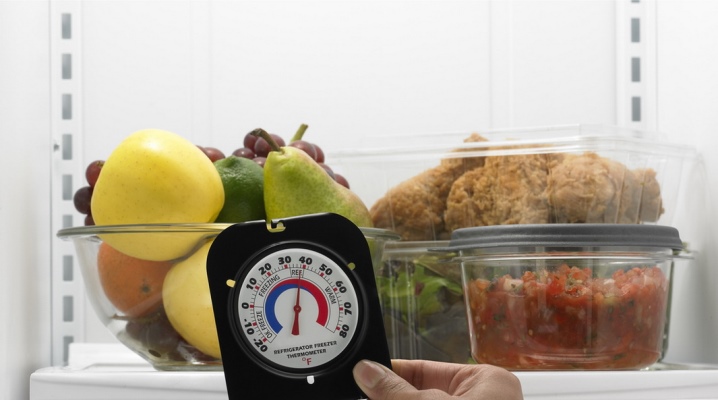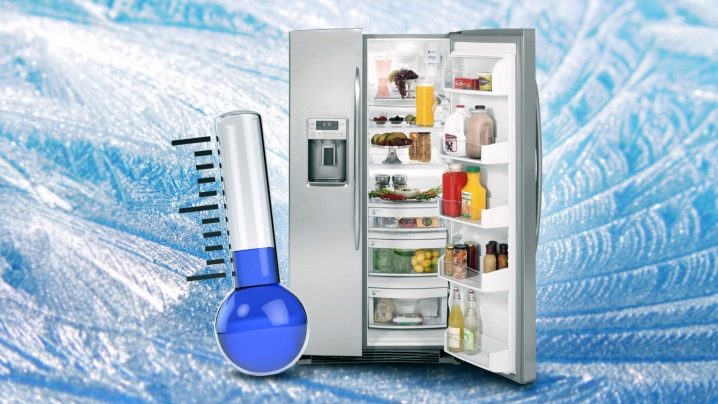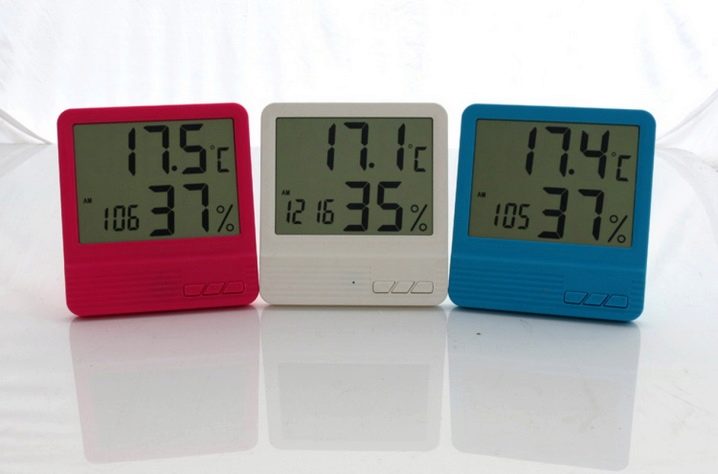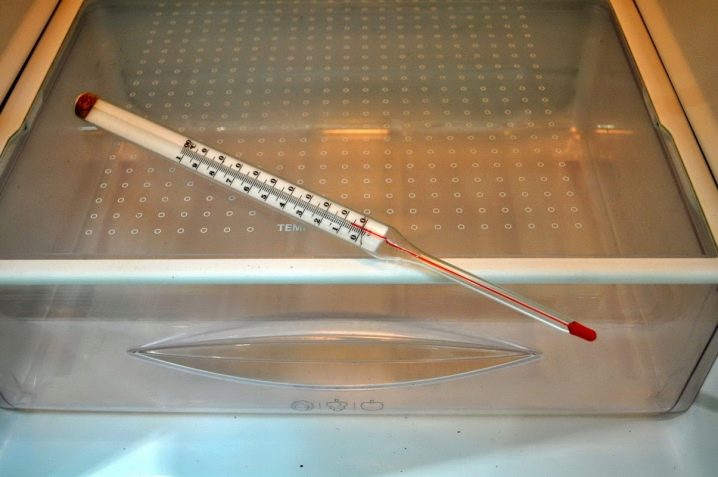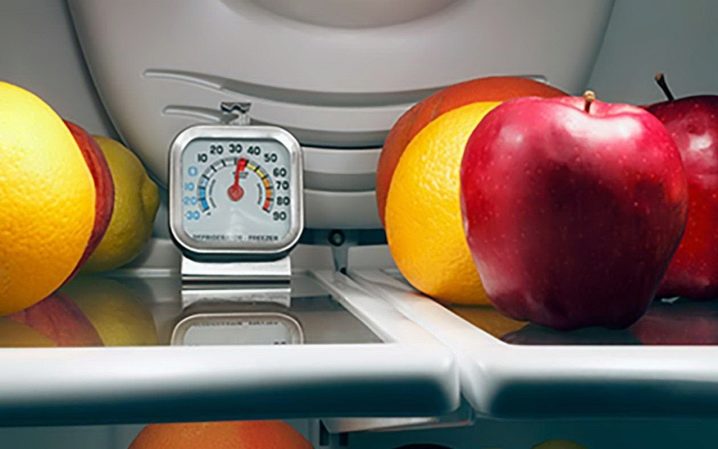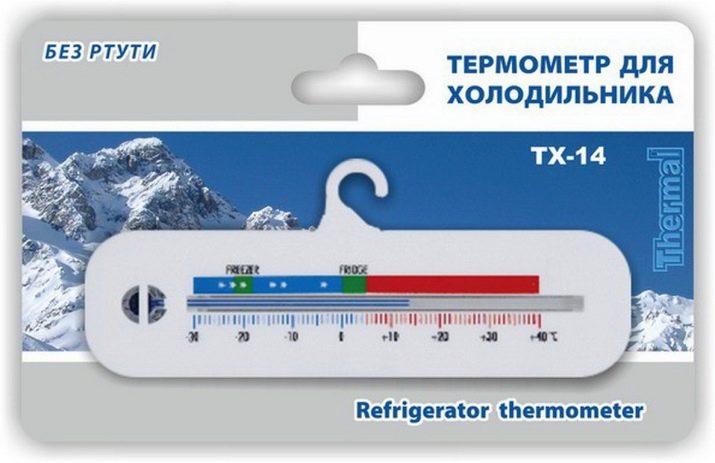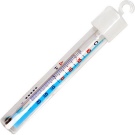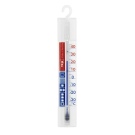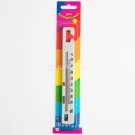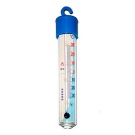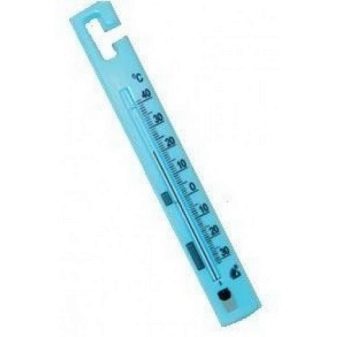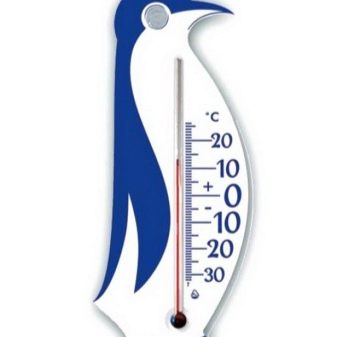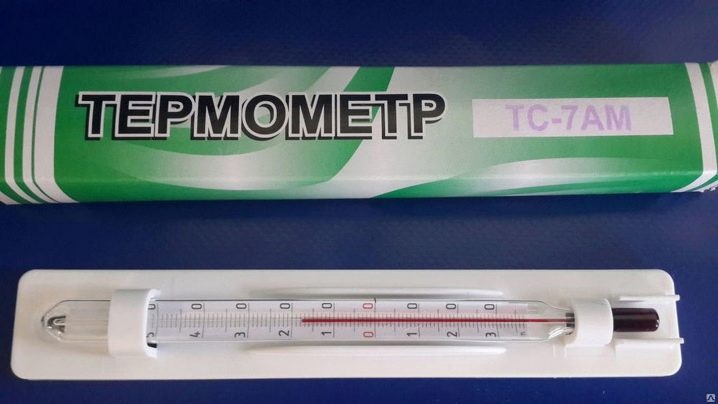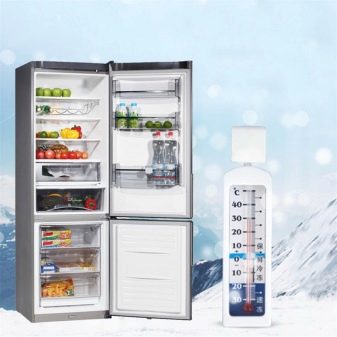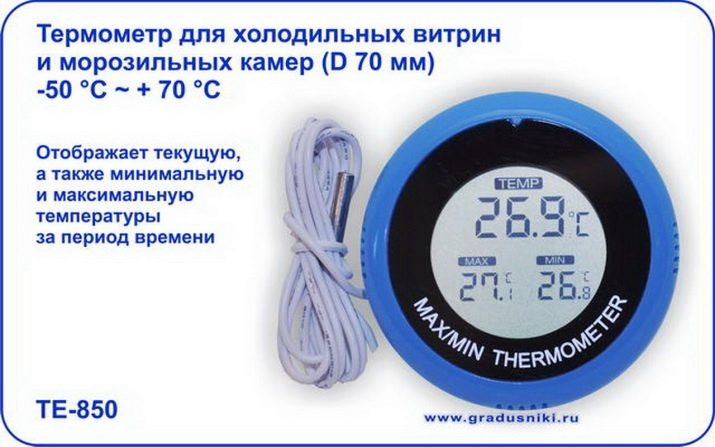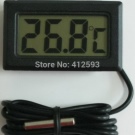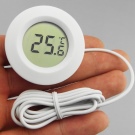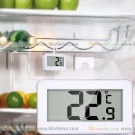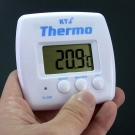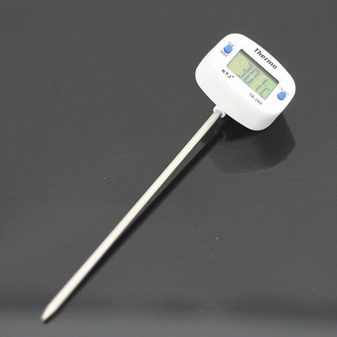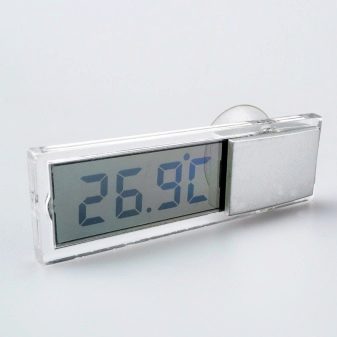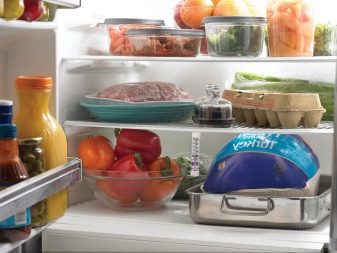Refrigerator Thermometer
In any climate, sooner or later there is a need for freezers. They are used in industry and domestic needs. In this case, it is important to control the temperature inside the refrigeration unit, since the contents for which it is intended can change their properties under the influence of certain temperatures. For this, the design of the device is supplied with a thermometer. In its absence, a plug-in device is used.
Purpose and application
Especially important is the use of a thermometer for a refrigerator, if it is intended for storing organic objects. Even in the case of domestic refrigerators, people are often faced with the need to adjust the temperature of the freezer in accordance with the recommendations of food manufacturers. Otherwise, spoiled products will become unusable, and they will have to be thrown out.Even more important (and sometimes even critical) this problem becomes on the scale of the food industry, where the violation of storage conditions and the loss of large volumes of products are fraught with significant monetary losses.
The use of a thermometer in freezers and shop windows is relevant. There, the risk of temperature fluctuations is particularly high, since shop windows tend to have thin upper walls and can pass unwanted heat. Therefore, store employees need to constantly monitor that the temperature under the influence of the external environment does not rise above the permissible value.
Portable refrigerator thermometers can also be used to measure temperature in the home, office, industrial or warehouse. Due to its tightness, it is also possible to measure the temperature of outside air, soil, water bodies. Aquarium enthusiasts often adapt such devices to measure the temperature in aquariums.
Liquid
Often, liquid thermometers are provided with holes in the upper part of the body or suckers that allow them to be hung on walls and other vertical surfaces.Suckers are less reliable, but they are more convenient in cases when it is necessary to place a thermometer on a ceramic tile or a mirror surface that cannot be drilled and on which it is not possible to install a stronger construction.
In such cases, it is advisable to choose a non-mercury thermometer.. Among today's analogues to this non-ecological and even dangerous for human health subject at the moment there are, for example, alcohol thermometers. They also emit vapors in violation of the tightness of the liquid capsule, but, as a rule, such secretions are absolutely safe if all the technical rules have been followed during the manufacture of the device.
When purchasing a thermometer, make sure that the model is equipped with the necessary papers. A certificate of verification (or "passport") must be attached to each copy that goes on sale.
Liquid thermometers also have a number of technical drawbacks.. First of all, these are strong restrictions on the possible range of measured temperatures. At the same time from overheating even the most durable housing can begin to break, causing the thermometer to become unusable.In addition, the thermometer scale, as a rule, has a division of one degree, while digital temperature sensors are able to give much more accurate information.
Electronic
An electronic or, as it is often called, digital thermometer is a much more eco-friendly, safe and convenient device. Such properties are achieved primarily due to the lack of a capsule with a liquid that can break and cause the thermometer to be in an unrepairable state, and if there are harmful substances inside (for example, mercury), it can harm the environment and people who are nearby.
The digital thermometer is not only safe, but also convenient to use. As a rule, such models are accompanied by magnets, a spring clip, holes, suction cups, hooks and other devices that allow you to place it anywhere (depending on need), and also easily move to a new place. The absence of a liquid bulb makes most electronic thermometer models very light and relatively small in size.
Another advantage of digital thermal sensors is the ability to provide them with a number of convenient functions. For example, you can place the screen with the indicators at a considerable distance from the sensor itself. In this case, it is possible to use a wireless radio sensor if the device is located no more than 60 meters. Otherwise, you must have a wire that is included with most thermometer models (or purchased and installed separately).
The only inconvenience when using an electronic thermal sensor is the need to periodically change batteries. However, as a rule, the term of one cycle of work on batteries at household electronic thermometers is about 12 months.
Installation Recommendations
To measure the temperature of outdoor air, it is recommended to pass the thermometer wire through a through hole if the frame is wooden, or through a rubber seal, if plastic windows are installed in the room. At the same time, it is better to make the hole a minimum of no more than 5 mm, since large ones can change the heat transfer in the room. For this, wires to electronic thermal sensors are supplied with a small diameter.
To use a temperature sensor with a remote display in domestic refrigeration units, it is also the best option to pass the wire between the rubber seal and the housing of the unit.In industrial refrigerators, if the design does not allow anything else, it is permissible to drill a hole in the housing.
